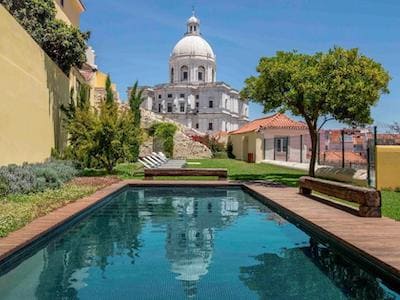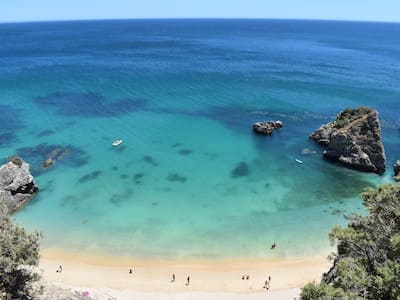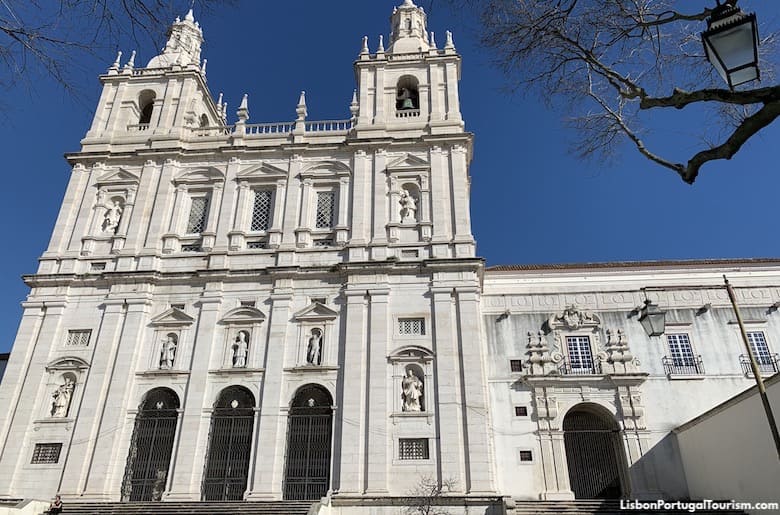
The Mannerist façade of the monastery
This monastery dedicated to St. Vincent dates from 1582, and has the world’s most extensive collection of baroque tiles in its richly-decorated cloisters. It includes a series of 38 panels illustrating the fables of La Fontaine, created by master Policarpo de Oliveira Bernardes between 1740 and 1750. Other panels depict scenes from the history of Portugal, including the siege of Lisbon in 1147.
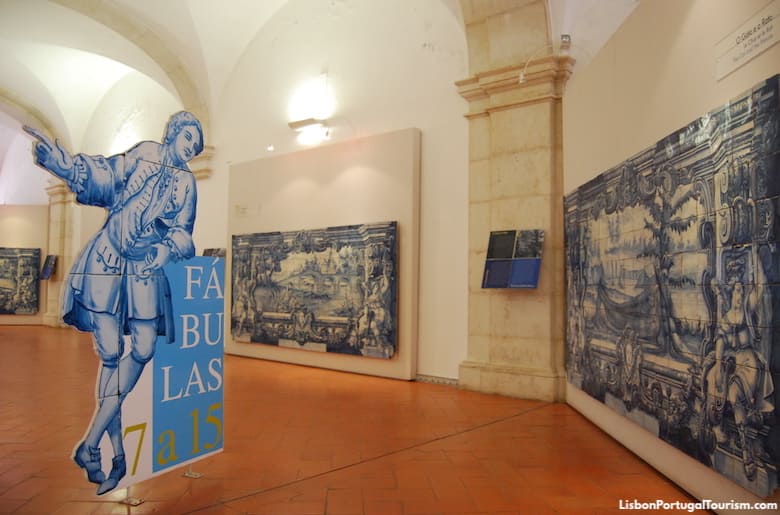
La Fontaine's fables told on tile panels
There’s also an ancient cistern and the pantheon of the Bragança dynasty, which includes the marble tomb of Catherine of Bragança, the Portuguese princess who became the queen of England when she married King Charles II in 1662 (the borough of Queens, in New York, was named in her honor).
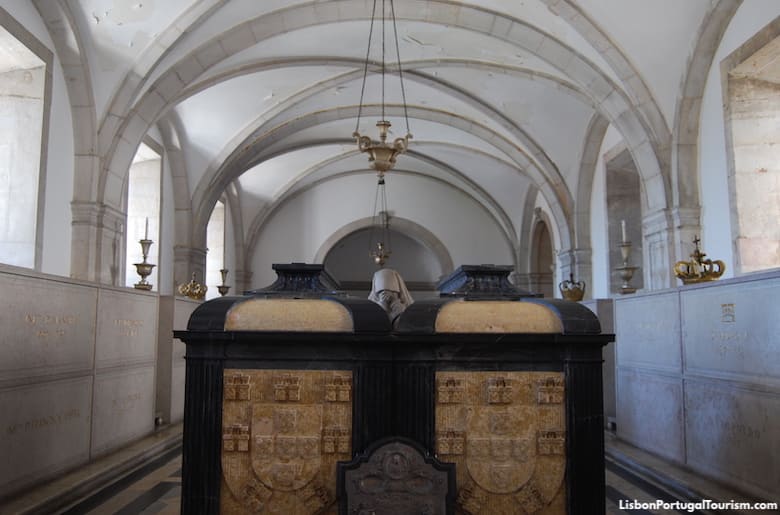
The pantheon of the Bragança dynasty
The main tomb, however, is that of Carlos I, the next-to-last king of Portugal, who was assassinated shortly before the country became a republic. It’s watched over by a life-size statue of a weeping woman, whose hands cover her face, meant to represent the nation’s grief or his widow.
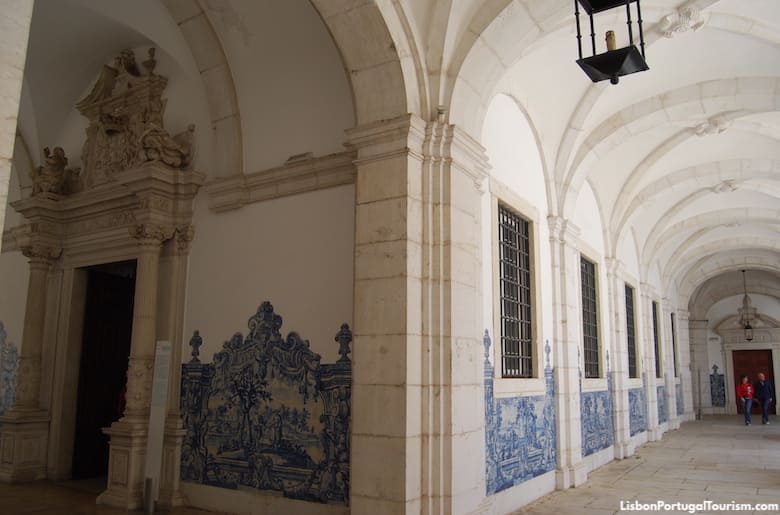
The tiled interior of the monastery
The name “São Vicente de Fora” (“St. Vincent on the Outside”) refers to the fact that the original church, from 1147, was built outside the city walls. The site resulted from a vow that Portugal’s first king made, to build churches where Portuguese and northern European crusaders lay buried.
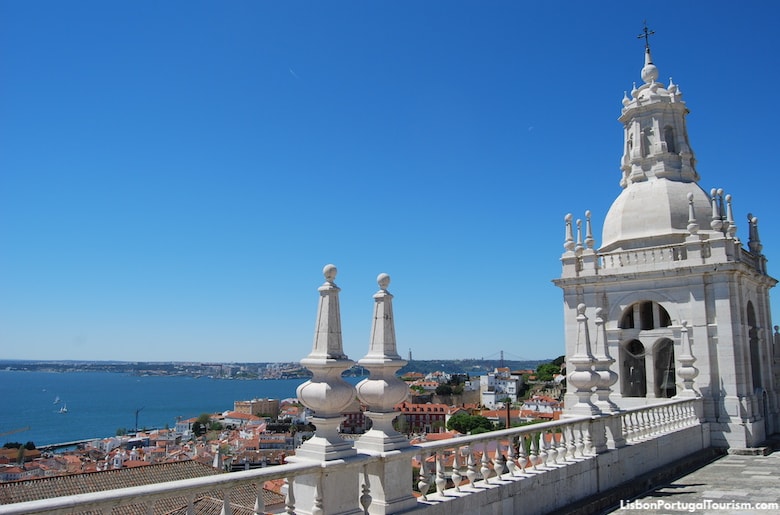
The rooftop of the monastery, offering views over Alfama
The monastery and its Italian mannerist style dates from the 1582 reconstruction by Spanish architect Juan Herrera, who designed the Escorial outside Madrid. It was only inaugurated in 1629, and later served as a model for Portuguese religious architecture, inspiring churches in the empire, from Brazil to Macau.
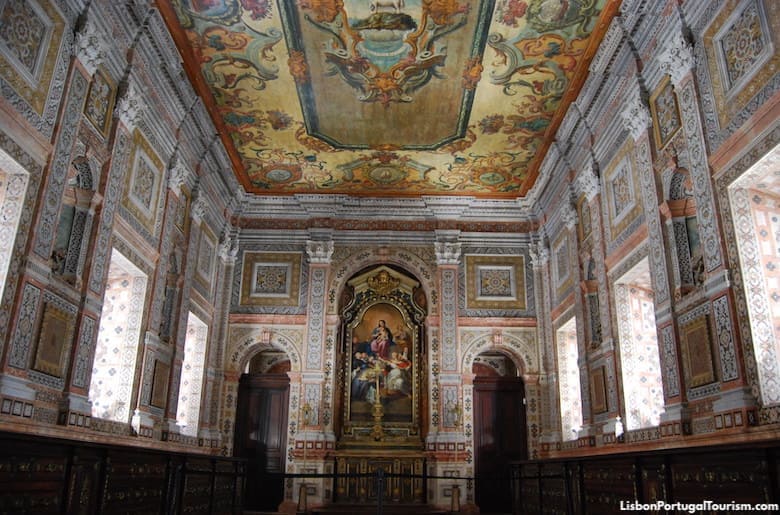
Church inside the monastery
It originally had a dome, but it collapsed on a crowd of worshippers in the 1755 earthquake. While the dome was never rebuilt, visitors can still get up close to the towers, by climbing to the rooftop, from where there’s a wonderful view of Alfama, the river and the National Pantheon.
How to Get to the São Vicente de Fora Monastery
Tram 28 stops right outside the monastery (the stop is “Voz do Operário”). You may also walk from Alfama, following the tram tracks from the Portas do Sol viewpoint. You may ride the tram for free with the Lisboa Card.
Largo de São Vicente, Alfama
Admission and Tickets to São Vicente de Fora Monastery
Admission is €4.00. It’s not included in the Lisboa Card.
It's closed on Mondays
Attractions Nearby
Behind the monastery is the National Pantheon and the site of the flea market, which takes place on Tuesday and Saturday mornings. Following the tram tracks up the hill from the monastery is the Graça viewpoint, with one of the best views over Lisbon.
Where to Stay by the São Vicente de Fora Monastery
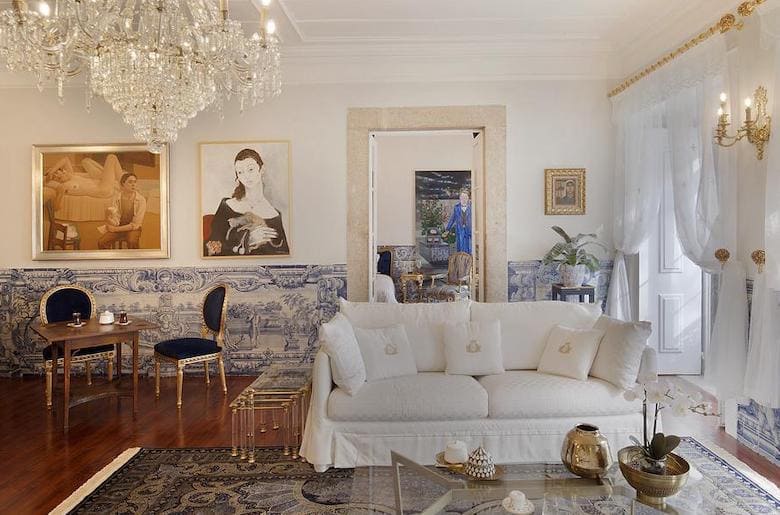
Casa dell’Arte Club House
You may wake up to views of the monastery (and the neighboring National Pantheon) at this art-filled hotel. Its romantic suites are behind Lisbon’s most beautiful tiled façade, and are also decorated with tile panels, in addition to paintings, sculptures and other objects collected around the world by the owner.

